Germany PMI Manufacturing was finalized at 57.8 in October, down from September’s 58.4, lowest level in nine months. Markit said that material shortages restrained output and new orders. Surging input costs drove record rise in factory gate charges. There was further slowdown in job creation as optimism waned.
Phil Smith, Associate Economics Director at IHS Markit, said:
“Output levels across the manufacturing sector are being increasingly shackled by supply bottlenecks. According to surveyed businesses, the well-documented slowdown in autos production is dragging down other parts of the manufacturing economy with it, as firms in that sector scale back orders for components and materials.
“However, while producers of intermediate goods have recorded a sustained drop in new orders, we’re still seeing some pockets of robust strength in demand, particularly for investment goods. Backlogs continued to rise across each of the main industrial groupings, suggesting this is still mainly a supply-side issue.
“Worryingly, the supply problems took a turn for the worse in October, with lead times on purchases lengthening to the greatest extent for three months. Adding to this, the rate of cost inflation has crept back up towards the record highs seen in the summer, leading to an unprecedented rise in factory gate prices and putting more inflationary pressure into the system.
“Manufacturers lost further confidence that these issues will be resolved sooner rather than later, with business expectations now at their lowest since August 2020.”
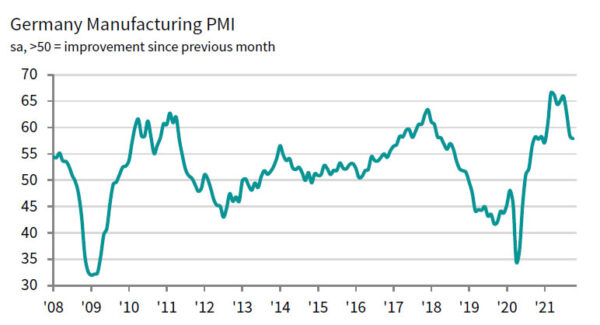
Full release here.




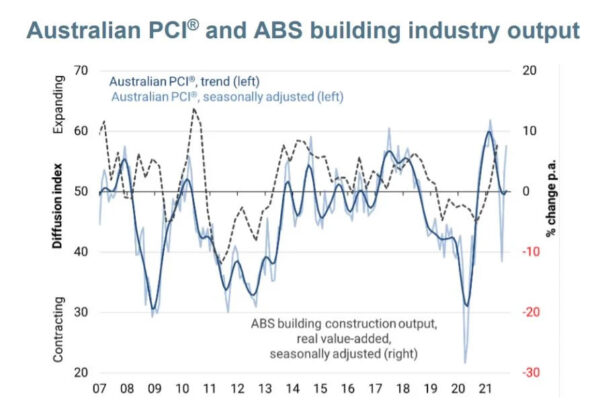

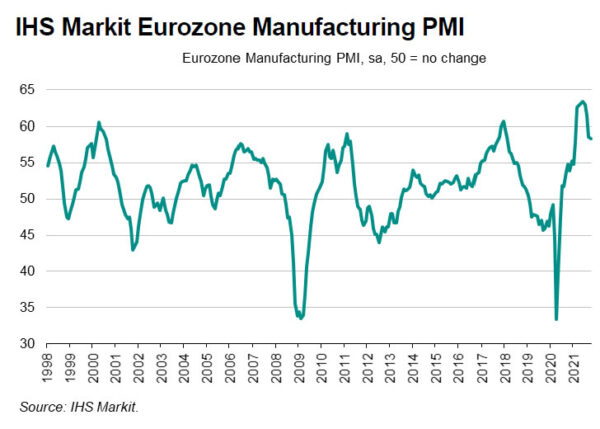
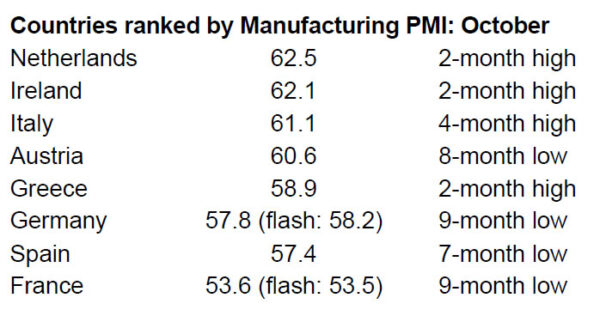

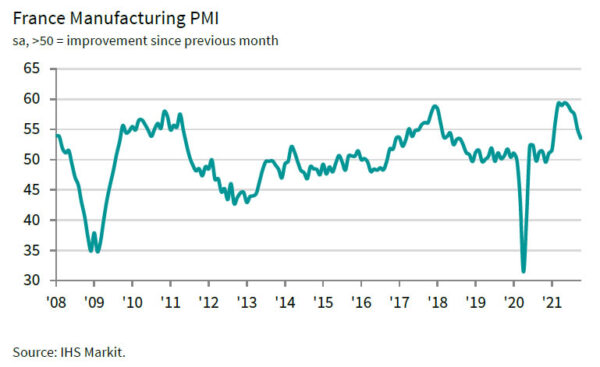
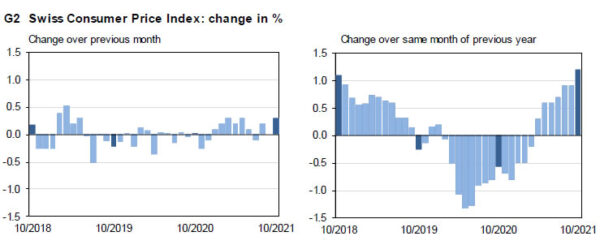
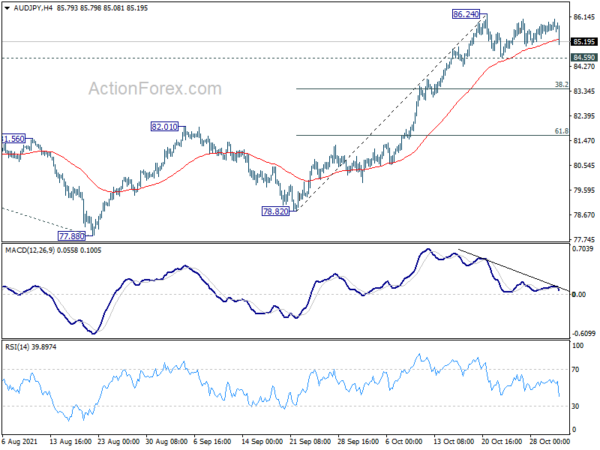
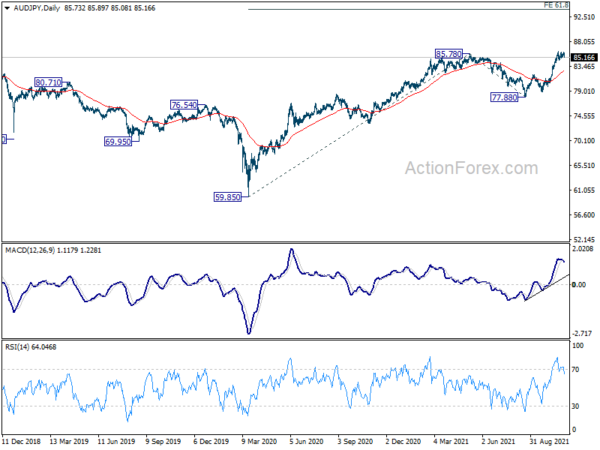
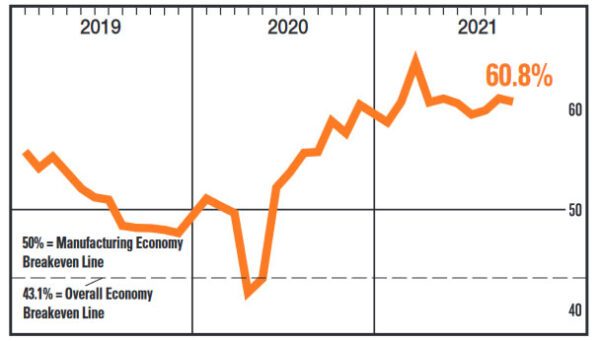
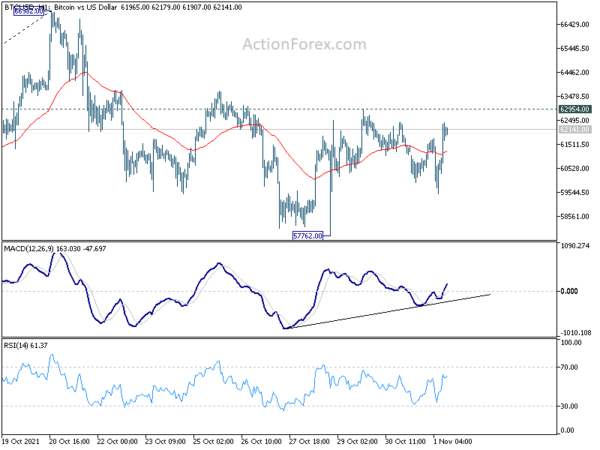
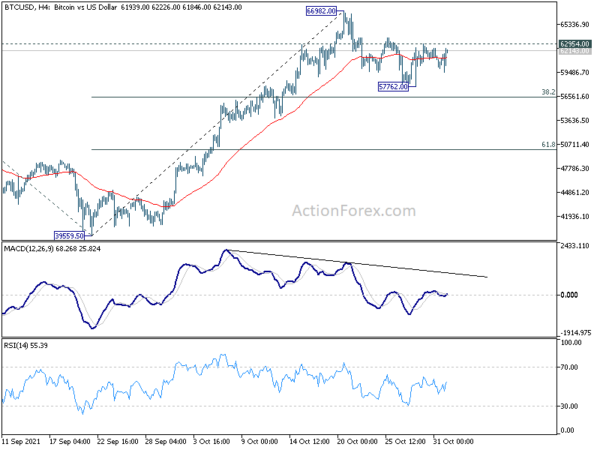
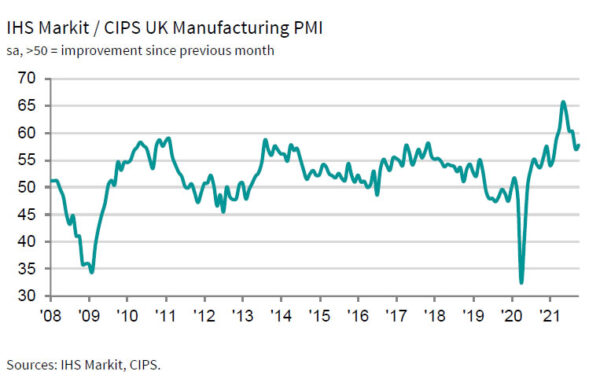


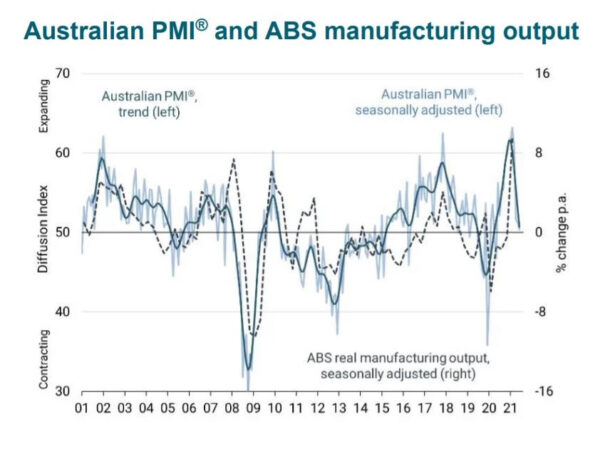
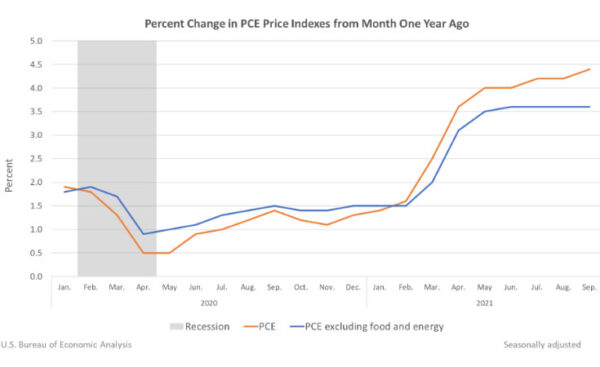
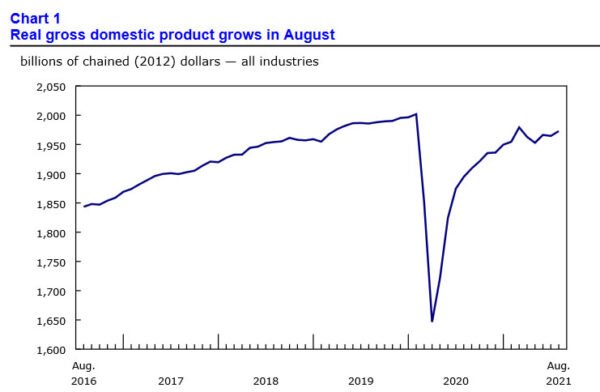
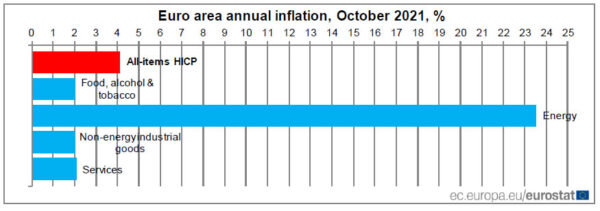
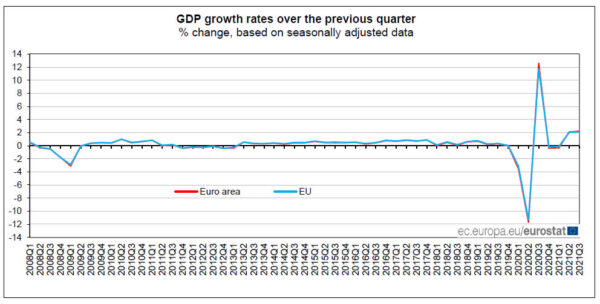

New Zealand unemployment dropped to record low 3.4% in Q3
New Zealand employment rose 2.0% qoq in Q3, much better than expectation of 0.4% qoq. Growth was largely driven by full-time jobs, which increased 2.3% qoq or 50k, while part-time jobs dropped slightly. Unemployment rate dropped sharply from 4.0% to 3.4%, better than expectation of 3.9%. The total employment matched the lowest level on record, reached last time in 2007. Labor force participation rate rose 0.7% to 71.2%.
“The fall in the unemployment rate is in line with reports of difficulty finding workers and high labour turnover, and continued travel restrictions on international arrivals, which put pressure on domestic labour supply,” work and wellbeing statistics senior manager Becky Collett said.
Full release here.